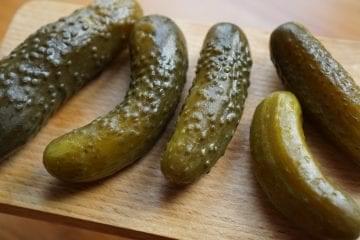Our relationship reaches back long before we humans began writing. Tea has touched the shores of every continent in the world, and managed to stir-up trouble on more than a couple of them. We could spend gallons of ink and not cover Tea's whole story. Instead, we'll cover Tea History briefly and dive into the Magic of Tea.
Read this article and all of our other Herbal Nerd Society Content.
Become a Member Today. Join Us Here. | Already a Member just log in here.







